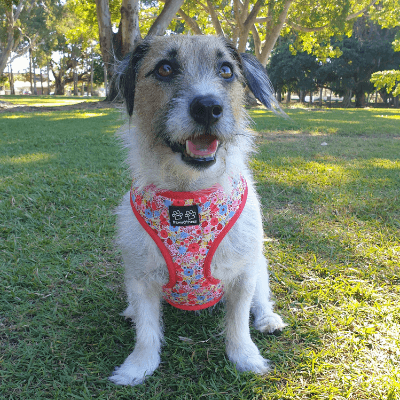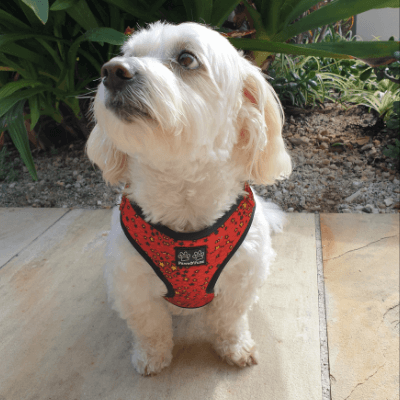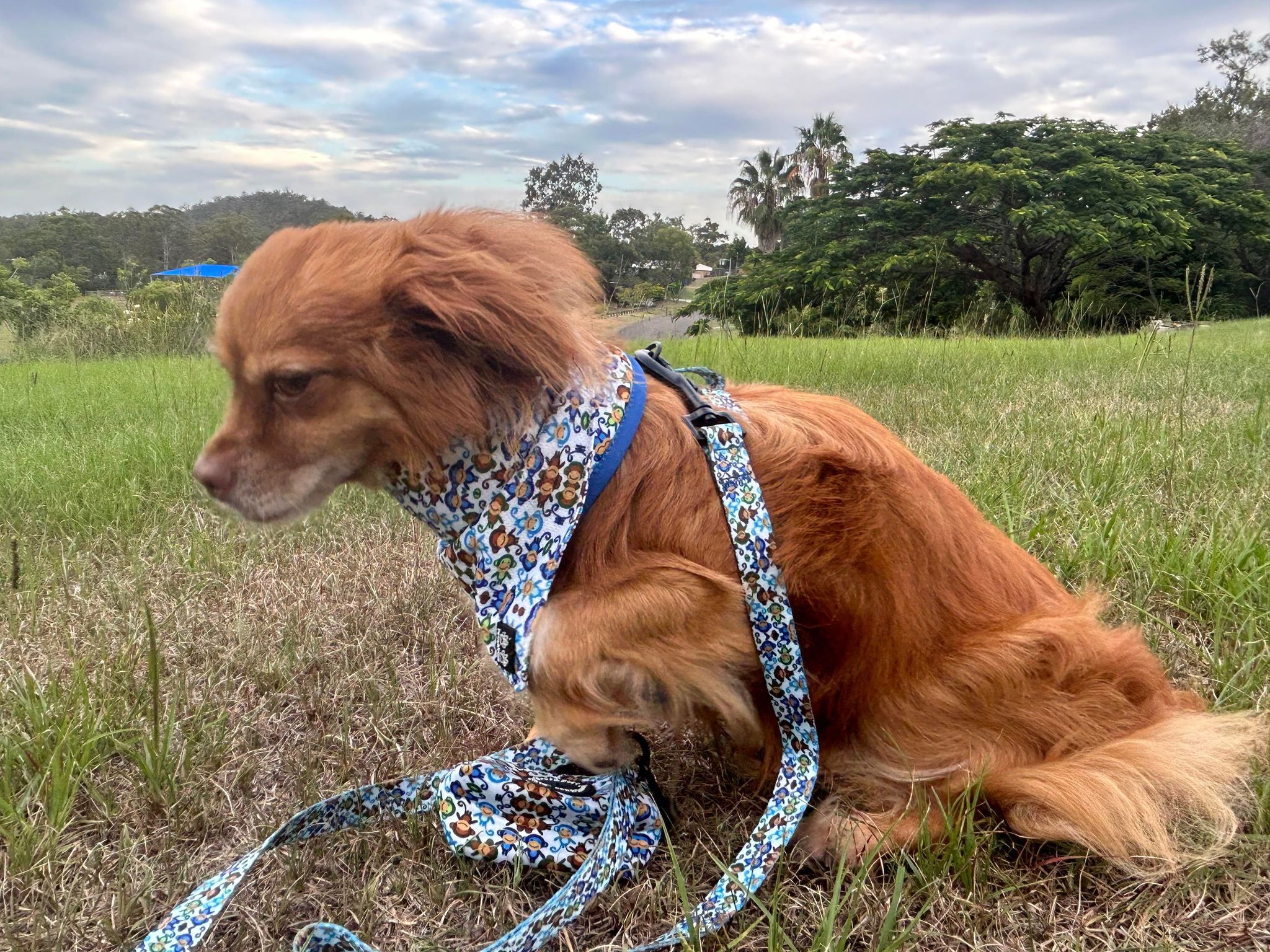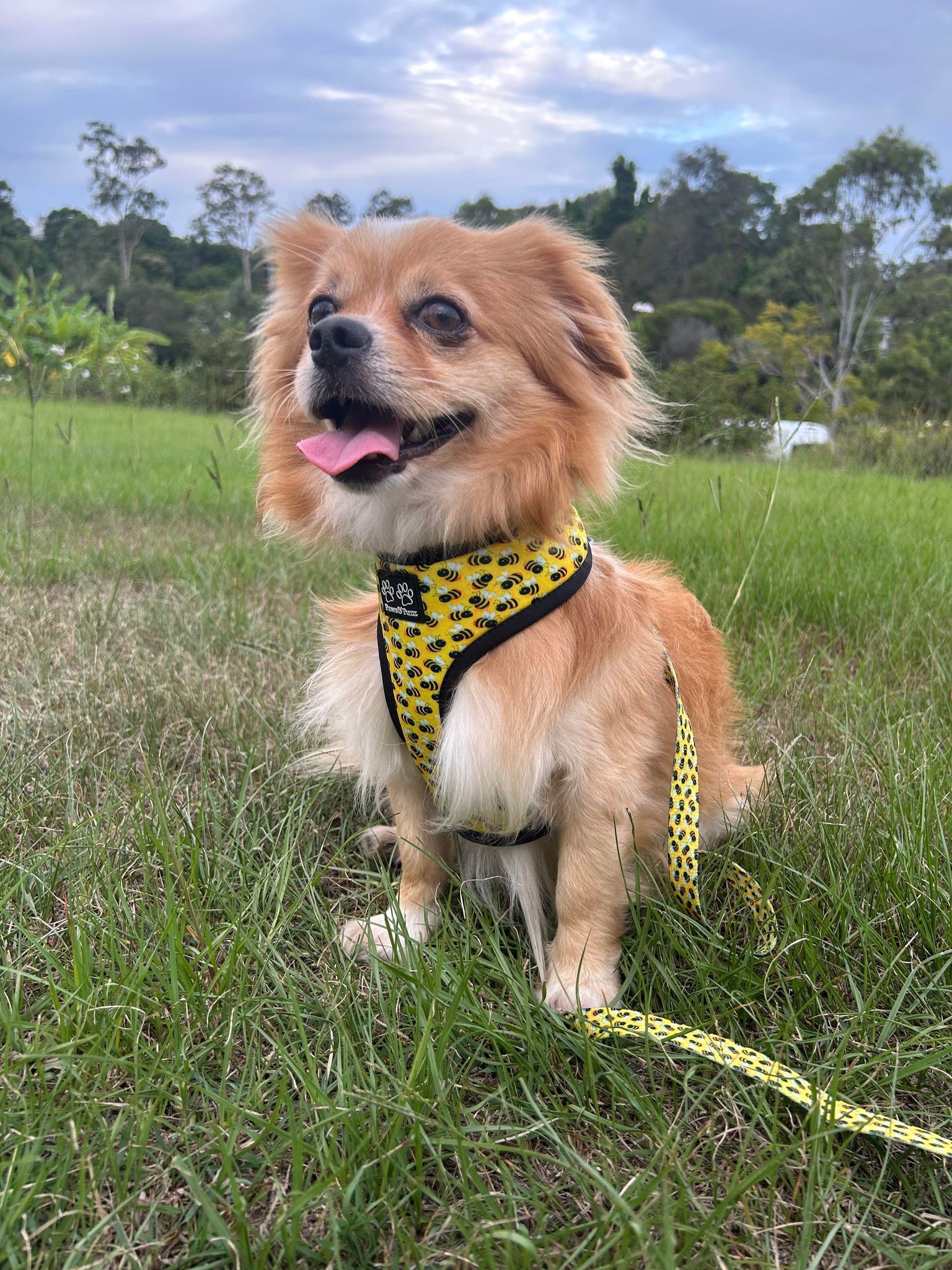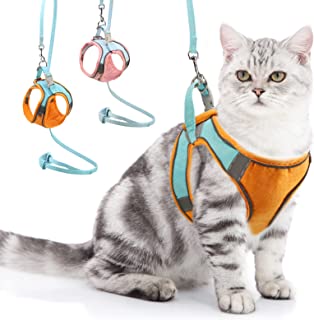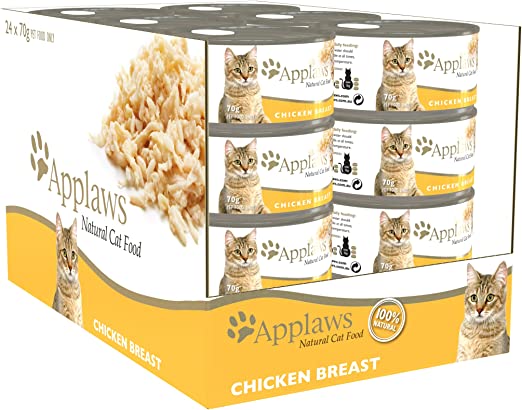PETBLOG
Cushing’s disease in Dogs: Symptoms, Prevention, and Treatment
Introduction
Cushing’s disease, also known as hyperadrenocorticism, is a hormonal disorder that affects dogs. It occurs when the body produces an excessive amount of cortisol, a hormone that helps regulate metabolism and immune system function. While this condition is more common in older dogs, it can affect canines of any age or breed. In this article, we will discuss the main symptoms of Cushing’s disease, how to prevent it, how to treat it, and provide P&F tips to help manage the disease.
Symptoms:
-
Increased thirst and urination: This is one of the most common signs of Cushing’s disease. Dogs with the condition will often drink more water and urinate more frequently.
-
Increased appetite: Dogs with Cushing’s disease may also have an increased appetite, leading to weight gain.
-
Lethargy: Dogs with Cushing’s disease may become less active, sleeping more and losing interest in playtime or walks.
-
Hair loss: Excessive hair loss, particularly on the body and tail, is a common symptom of Cushing’s disease.
-
Skin infections: Dogs with Cushing’s disease are more prone to skin infections due to a weakened immune system
Prevention:
-
Regular vet check-ups: Regular visits to the vet can help detect any hormonal imbalances and allow for early intervention if necessary.
-
Healthy diet: Feeding your dog a balanced and healthy diet can help maintain a healthy weight and prevent obesity, which is a risk factor for Cushing’s disease.
-
Exercise: Regular exercise can help maintain a healthy weight and reduce the risk of Cushing’s disease.
-
Limit exposure to toxins: Minimizing your dog’s exposure to toxins, such as pesticides and household cleaners, can help reduce the risk of Cushing’s disease.
-
Early spaying/neutering: Early spaying/neutering can reduce the risk of hormonal imbalances that may lead to Cushing’s disease.
Upgrade your furry friend’s walks today with our comfortable and secure dog harness!
Classic Harness + Lead
Classic Harness + Lead
Adjustable Harness + Lead
Adjustable Harness + Lead
Collars
 Treatment:
Treatment:
-
Medications: The most common treatment for Cushing’s disease is medication to regulate the production of cortisol. These medications are typically given orally and must be taken for the rest of the dog’s life.
-
Surgery: In some cases, surgery may be necessary to remove a tumor on the pituitary gland, which is causing the excessive cortisol production.
-
Radiation therapy: Radiation therapy may be used to shrink tumors that cannot be removed surgically.
-
Herbal remedies: Some dog owners have found success with using herbal remedies to manage Cushing’s disease symptoms.
-
Regular vet check-ups: Regular visits to the vet are important to monitor the effectiveness of treatment and make any necessary adjustments.
P&F Tips for treating rabies in dogs:
-
Provide plenty of fresh water: Dogs with Cushing’s disease may become dehydrated due to increased thirst, so it is important to provide access to plenty of fresh water.
-
Monitor food intake: Dogs with Cushing’s disease may have an increased appetite, so it is important to monitor their food intake and avoid overfeeding.
-
Monitor weight: Regularly monitoring your dog’s weight can help detect any changes and allow for early intervention.
-
Reduce stress: Stress can exacerbate the symptoms of Cushing’s disease, so it is important to provide a calm and stress-free environment for your dog.
-
Provide skin and coat care: Dogs with Cushing’s disease are more prone to skin infections and hair loss, so it is important to provide regular grooming and skin care to keep your dog healthy and comfortable.
Conclusion
IN Cushing’s disease is a serious condition that requires prompt attention from a licensed veterinarian. It is important to be aware of the symptoms and risk factors associated with this disease in order to take preventative measures and seek early treatment. With proper management and care, many pets with Cushing’s disease can lead happy and healthy lives. Always remember to consult with a veterinarian before administering any treatments or medications to your pet, and follow their instructions closely to ensure the best possible outcome. With the right care and attention, you can help your furry friend live a long and comfortable life.
Disclaimer: All information provided on pawsandfuzz.com, including pet articles and other articles, is for educational purposes only and should not be construed as advice or recommendations. Our goal is to provide accurate and up-to-date information, but we cannot guarantee that the information is 100% accurate. For advice or recommendations regarding their specific situation, the reader should always consult a professional or expert in the field. pawsandfuzz.com and the pet articles published on the website are not liable for any loss or injury arising from their use or reliance. Remember to always consult with a licensed veterinarian before administering any medications or treatments to your pet and to follow the manufacturer’s instructions when using any pet care products.
Unleash your pup’s cuteness with our comfy and cute dog harness t.
Poop Bags
Adjustable Harness + Lead
Classic Harness
Collars
Recommended Products

